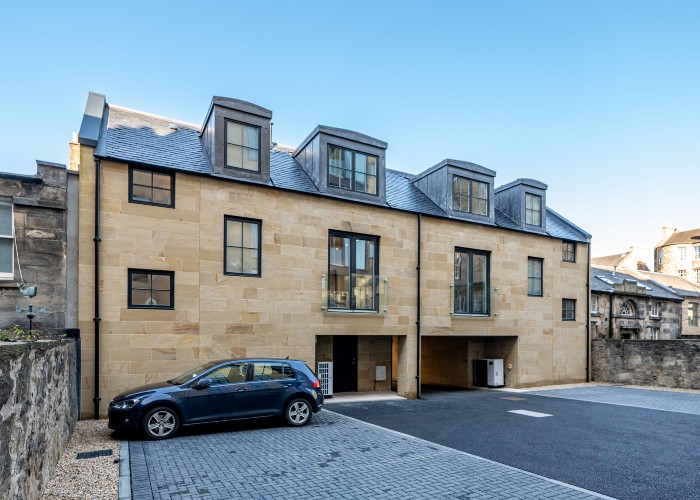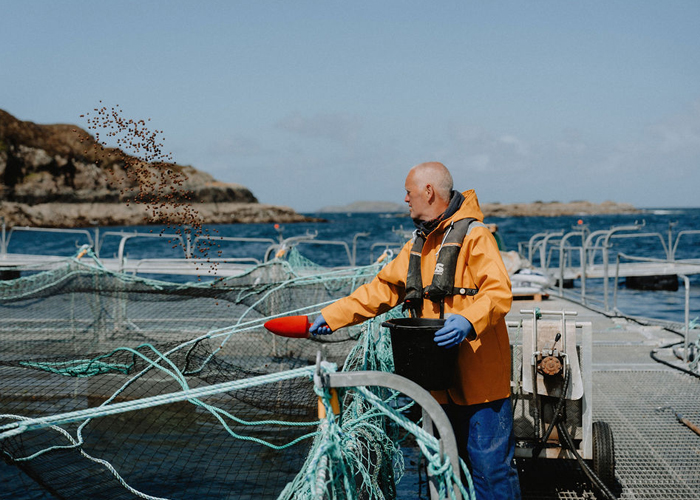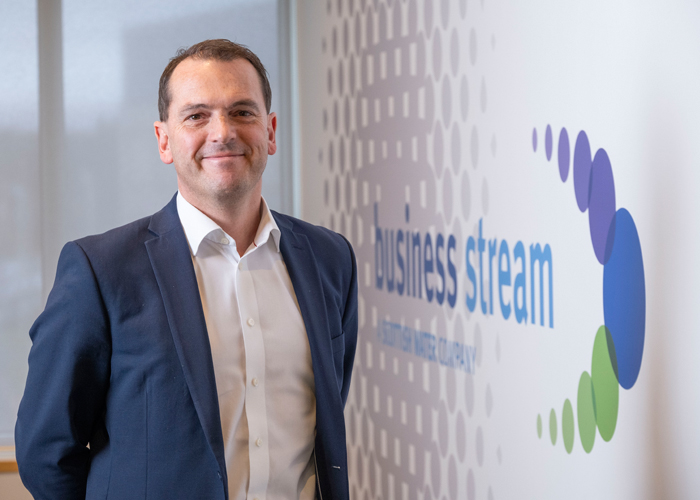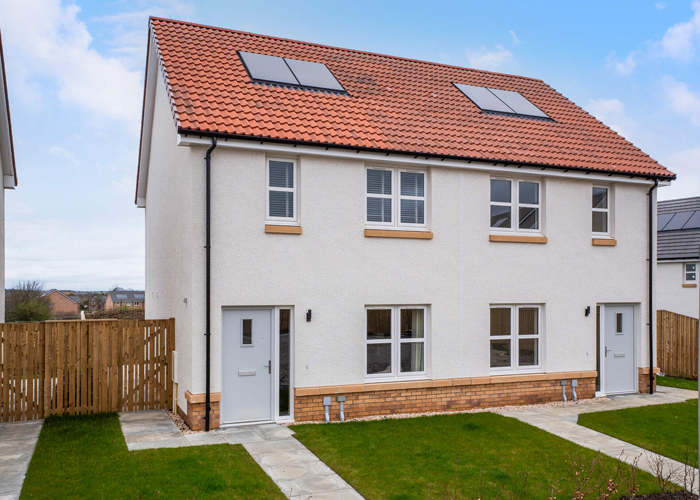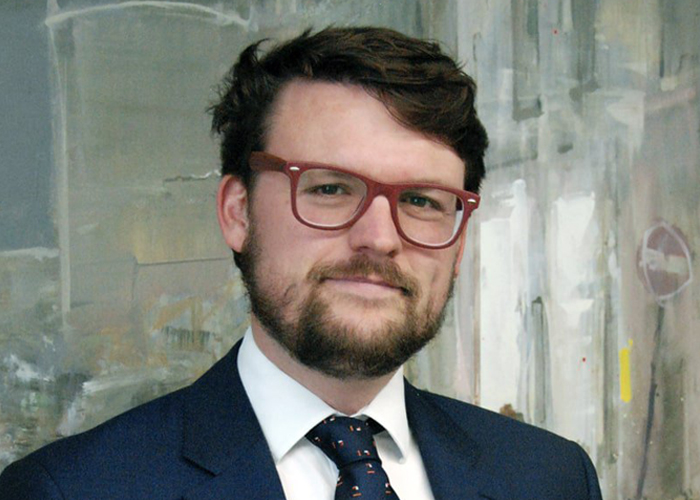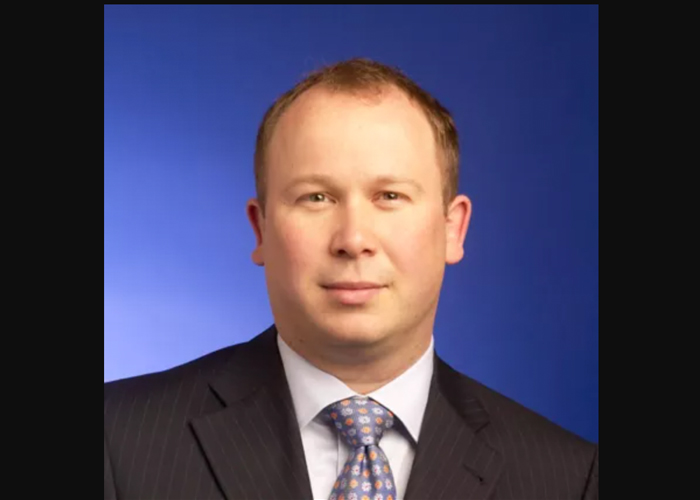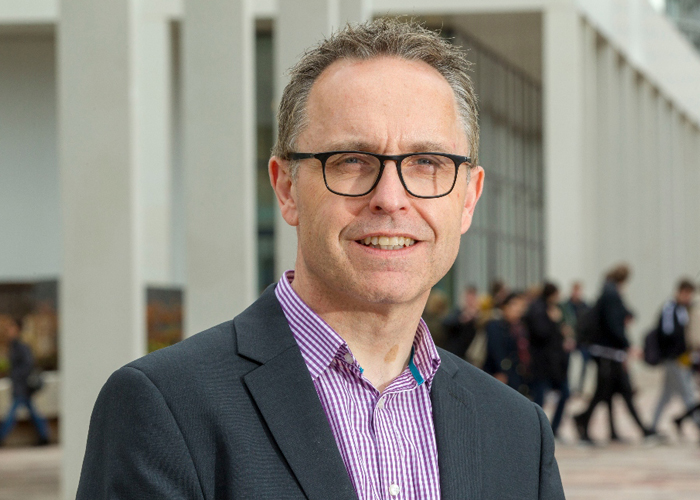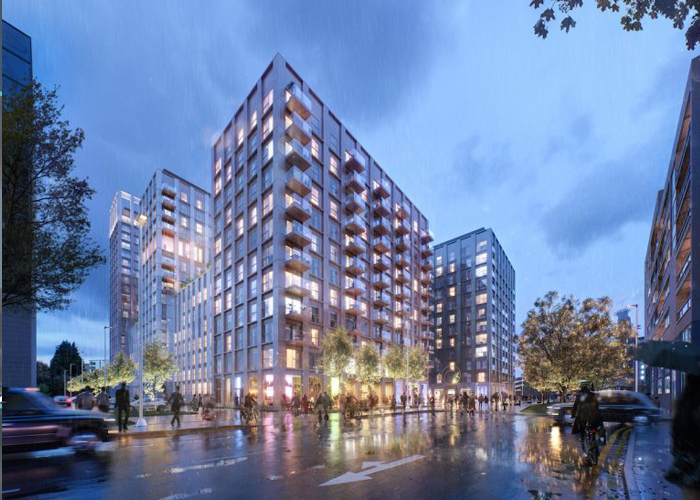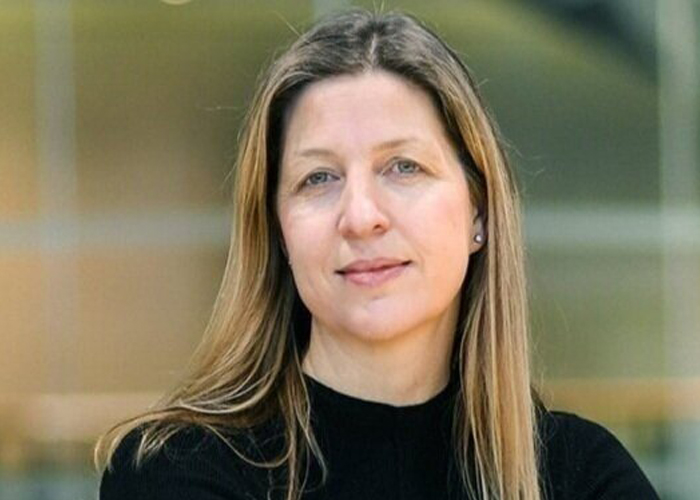- Residential LBTT revenue in Scotland (including the second home tax, ADS) was over £600m in Scotland for the 2022-23 financial year
- 63% of Scottish house sales are now over the minimum £145,00 threshold on which LBTT has to be paid, which is the highest proportion of transactions since the introduction of the tax in 2015/16
- Record receipts in 2022-23 were driven by a relatively strong sales market and rising prices, but it is expected that LBTT receipts will contract by around 16% in 2023/24 in the face of rising interest rates and mortgage costs
SPECIALIST property firm Rettie & Co has reported that residential Land & Buildings Transaction Tax (LBTT) revenue, including Additional Dwelling Supplement (ADS) on second homes, has reached a record high in Scotland of over £600m, with 63 per cent of house sales over the minimum £145,000 threshold on which LBTT has to be paid, representing the highest proportion of transactions since the introduction of the tax in 2015/16.
Dr John Boyle, Director of Research & Strategy at Rettie & Co, said: “When LBTT was introduced, more than 50 per cent of transactions fell under the £145k threshold. However, as house prices have risen, only around 37 per cent now fall under the threshold. So, while it was once the case that a majority of Scots wouldn’t pay a housing transaction tax, almost two-thirds of sellers will now be subject to LBTT.”
2022/23 figures are driven by what Rettie describes as “rising prices and a relatively strong sales market”, although LBTT receipts by Revenue Scotland are expected to contract by around 16 per cent in the year to 31st March 2024.
Dr John Boyle added: “Looking at the count of monthly LBTT receipts, there was a marked downturn from October onwards when interest rates and mortgage costs began to rise suddenly and steeply. With transactions likely to fall this year, this will impact on property tax revenue.”
In terms of geography, Edinburgh and what the firm describes as “prime transactions” over £750,000 remain strong engines of revenue. Scotland’s capital generates an estimated 27 per cent of LBTT revenue from 11 per cent of the country’s house sales, while sales over £750,000 generate 22 per cent of LBTT revenue from around 1 per cent of overall transactions.
Total LBTT revenue from Edinburgh was estimated to be over £128 million in 2022/23, compared to the next highest area, Glasgow, which generated approximately £38 million. The average LBTT bill in Edinburgh was £11,720, compared to £3,288 in Glasgow, and £3,062 in Aberdeen.
The postcodes that generated the most revenue in 2022/23 were EH4 (including Barnton and Cramond), EH10 (including Morningside), EH12 (including Murrayfield), EH3 (including Edinburgh New Town), and G77 (including Newton Mearns).
The highest average LBTT bill by area was in East Lothian (EH31 including Gullane) (at £37,000), followed by the Southside of Edinburgh (EH10) at £28,000, and North Berwick (EH39) at £27,000.
LBTT revenue generated by new build sales topped £100 million for the first time in 2022/23. Among the major homebuilders, CALA Homes generated the most LBTT receipts, at around 4 per cent of all LBTT revenue despite accounting for less than 1 per cent of total sales activity in the market.
The highest average new build LBTT bill at any development was at The Old Course in St Andrews, which was over £325,000.
Full service property firm Rettie & Co, founded in 1993, is headquartered in Edinburgh with 180 staff across 11 offices – Edinburgh, Glasgow City, Glasgow West End, Bearsden, Shawlands, Newton Mearns, St Andrews, Melrose, Berwick, Newcastle, and London.
The firm covers residential and new home sales, letting and property management, land and development sales and consultancy, mortgage and protection advisory, underpinned by Scotland’s leading research and strategy unit.

